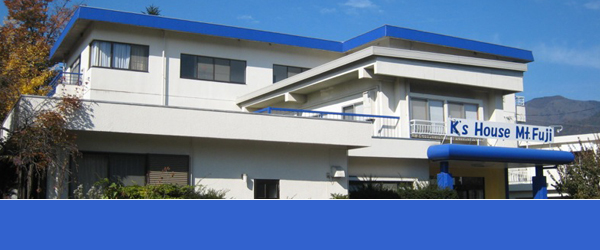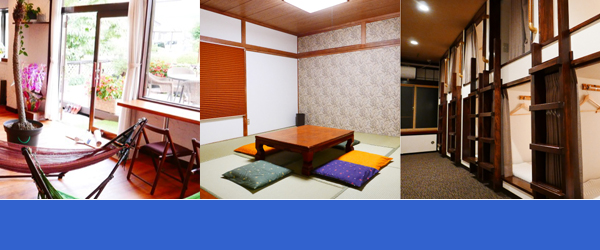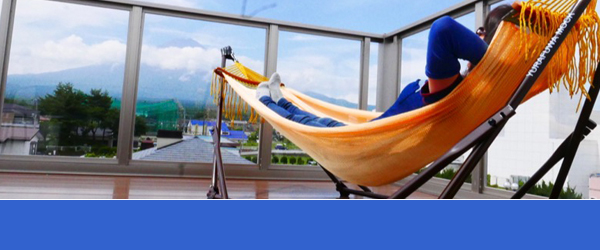Have you heard about the Aokigahara Sea of Trees in the Mt. Fuji area? It’s known as “a haunted forest” overseas. Aokigahara forest has become somewhat famous through social media, to the point where some Hollywood movies were produced about it. What kind of image comes to mind when you hear the words “a haunted forest”? Ghosts, suicide, abandoned elderly people or babies… wow, that just makes me feel really scared and I wouldn’t dare to live near such a place! So is the Aokigahara Sea of Trees really haunted? What does the forest look like? In this article, we introduce you the real Aokigahara with some pictures that were taken by a member of our staff as they explored the “haunted forest”. Enjoy!
What is Aokigahara Sea of Trees?
Aokigahara Sea of Trees is a forest covering an area of approximately 30㎢ on the foothills of the northwest side of Mt. Fuji. It grew upon the solidified lava that landed there during the Jogan eruption in 864, one of the three biggest Mt. Fuji eruptions on record. The enormous quantity of lava produced in this eruption divided what was then known as Lake Senoumi into today’s Lake saiko and Lake Shojiko. The forest is only 1200years old, which is still very young for a forest, and is predominantly conifer trees such as cypress and hemlock.

Because very little soil has accumulated on the lava rocks, the tree roots are exposed, creeping across the ground, latching onto whatever they can and warping into strange shapes to support one another.

Beautiful mosses are one of the main attractions in the Aokigahara Sea of Trees. There are lots of varieties.

Different kinds of mushrooms are found from late summer to autumn but since this is one of the most protected areas in the national park, it is forbidden to take them.

Depending on seasons and weather conditions, it can seem like a very quiet forest with no signs of life, but in truth it is home to many different species of animals and birds. It is rare to see them during the day as many of them are nocturnal, but you can get a sense of their presence by keeping an eye out for gnawed pine cones and leaves.

The name, Aokigahara Sea of Trees, comes from the scenic overhead views of the forest where the tree leaves waving in the wind can look like an ocean wave. Can you visualize it from the pictures above?
Does compass go round and round in Aokigahara?
One of the urban legends about the Aokigahara Sea of Trees says that you cannot use a compass in this forest because the needle will just go round and round. It is also said that if you go into the forest, you will never come back.
The truth is you can use a compass in the Aokigahara forest. However, if you bring the compass close to a lava rock, sometimes the needle will move, if not spin.
This is because the lava rocks of Mt. Fuji are mainly basalts which contain a magnetic mineral called magnetite.
Everywhere in the Aokigahara forest looks the same. You may not be able to find your way back if you go off the trail. It is strongly advised to stay on the designated trail when you explore it.

You can use a compass in the Aokigahara forest.
Lava caves- Does it continue to Enoshima island?
There are many caves made from lava in the Aokigahara forest. Among them, the Saiko bat cave, the Narusawa icicle cave and the Fugaku wind cave have become tourist sites and you can go in without any special equipment.

Inside of the Narusawa icicle cave. The height of the narrowest part is 91cm.

Hall of hell. It is said that you may reach Enoshima Island by passing through this hall.
According to legend, the Narusawa icicle cave is connected to Enoshima Island, located more than 100km away.

You can see beautiful icicle stalagmites in early spring. The average annual temperature is 3℃. It is an ideal place to be in summer.

Ropey lava formations in the Saiko bat cave
People used to use this cave to store ice cut from the lake or silkworm cocoons when sericulture was an important industry. During the Edo period (1603-1867), they dedicated the ice preserved here to the Edo shogunate in today’s Tokyo. How on earth did they manage to carry it?

In recent years, caving tours have become popular. You go in to a non-touristy cave with a guide.

Inside of the Fuji wind cave
It’s complete darkness in here without your own light. Stalagmites in such darkness look surreal. When we went inside, the floor was all icy.
If you would like to take a walk in the Aokigahara forest…
There are many walking paths in the Aokigahara Sea of Trees and you can start your walk from different locations such as the Saiko bat cave, the Fugaku wind cave and Narusawa icicle cave mentioned above. It is very much possible to take a walk on your own. You can get a map from a tourist information center and there are signs posted along the trail. However, a guided tour will be much more interesting. You can learn about the history of the forest, flora and fauna, the Fuji five lakes, Mt. Fuji as a whole and lots more. Below we introduce you some tour operators that offer tours with an English speaking guide.
K’s Travel
A bus and walking tour which we organize. There is an about one hour walk through the Aokigahara forest in the itinerary. Recommended for those who would also like to visit other places in Mt. Fuji area efficiently.
This tour has been suspended.
They offer caving tours. Apart from forest walks, different outdoor activities such as canoeing, ATV riding and flying-squirrel watching are also available.
Tours by Fujikawaguchiko-town official nature guide
It is an about one hour walking tour around the Saiko bat cave. No reservation is needed and the fee is just 500yen per person. Longer tours are also available with an advanced booking. Official nature guides with wide and accurate knowledge about the Aokigahara forest will escort you.
(Contact: Saiko Nature Center 0555-82-3111)
There are other companies that provide tours to visit the Aokigahara forest. Please check around if you are interested.
In closing…
How did you find this article? Were you able to feel the mystic atmosphere of the Aokigahara Sea of Trees stretching over the foothills of Mt. Fuji? Once the pandemic is over, this will be a perfect place to feel Mt. Fuji’s great natural power and heal your body and soul. All the staff of K’s House Fuji View and K’s House Mt. Fuji are sincerely waiting for your visit!












